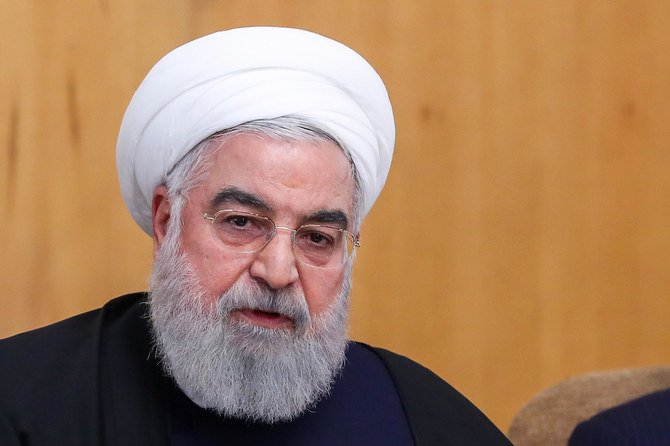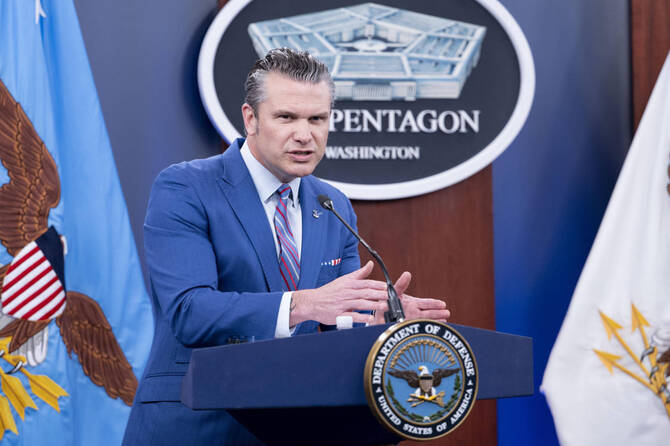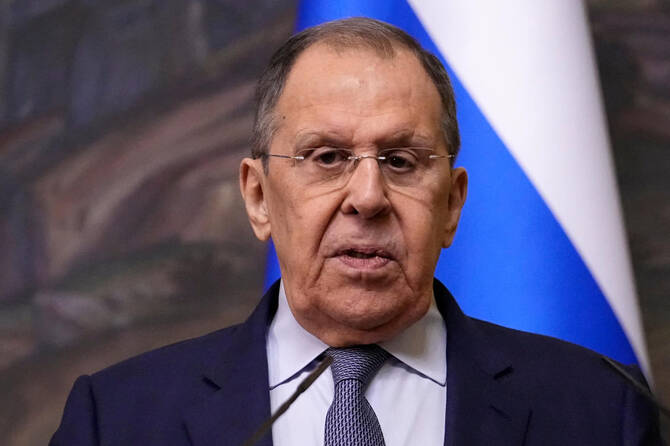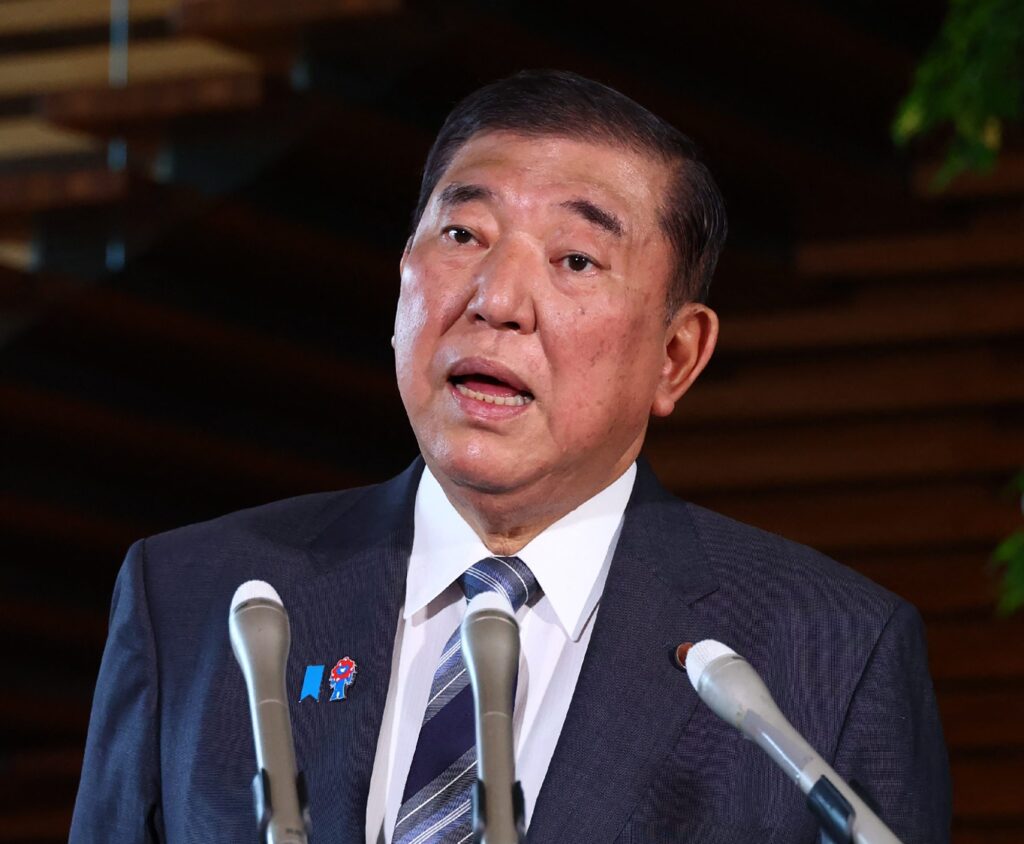LONDON: A huge explosion east of Tehran in the early hours of June 26 caused widespread fear and confusion in the Iranian capital. This situation was caused in no small part by the government itself, which quickly started spreading misinformation about the cause and intensity of the blast, which occurred near a military complex.
Despite the regime’s evasive actions and statements, snippets of truth have gradually emerged. Experts agree that the explosion is yet another embarrassment for a stretched regime, but behind it lies a reminder of the threat posed to the region and, further afield, by the Islamic Republic.
When video footage of the blast surfaced online, the Iranian Defense Ministry quickly rolled out a spokesman to downplay the incident. Davoud Abdi, speaking on state television, dismissed it as a minor blast at a gas-storage facility in a “public area” of the Parchin military complex, outside the Iranian capital.
A well-known former site of nuclear activity, an explosion at the Parchin military complex would undoubtedly have been a serious incident. However, analysts and social media users quickly poured cold water on this assertion and identified a different military instalment east of Tehran — Khojir — as the true location of the blast.
Samuel Hickey, research analyst at the Washington-based Center for Arms Control and Non-Proliferation, told Arab News that satellite imagery proves that “the explosion took place at the Khojir missile production complex in eastern Tehran, and not at Parchin as suggested in some media outlets.”
Why Tehran would claim the blast occurred at Parchin, not Khojir, is “an intriguing mystery,” said Hickey.

A missile hits a target ship during an Iranian military exercise in the Gulf of Oman in June, as Iran test-fired a “new generation” of cruise missiles; inset below, the mysterious blast on June 25, thought to be at the Khojir miss. (AFP/File Photo)
This question is particularly pertinent given Tehran’s apparent transparency surrounding a July 2 fire at the Natanz complex, a known nuclear facility in Isfahan. The prompt release of pictures of the damage caused and open lines of communication with the International Atomic Energy Agency (IAEA) contrasted sharply with its response to the Khojir blast.
This behaviour may suggest a particular sensitivity to information on the activity taking place at Khojir.
Hickey said Khojir “has numerous underground facilities and tunnels whose exact function remains unknown.” So, while specific details of the activity at the site are unclear, he suggests that “providing political cover for any activities at Khojir” is of paramount importance to the regime.
Hiding the true nature of the Khojir military instalment and its network of underground tunnels, he said, may even “be a higher priority for Tehran than covering for its past nuclear weapons program.”
As analysts look to build a clearer picture of the incident and its implications, two key questions remain unanswered: What caused the explosion, and why the cover-up?
Experts have now identified what they see as the two most likely scenarios that led to the blast — sabotage by Israel, or a costly mistake by the Islamic Revolutionary Guard Corps (IRGC).
Eloise Scott, Middle East, North Africa and Turkey analyst at security and political risk consultancy Sibylline, told Arab News that either of these explanations would be highly embarrassing for Tehran and therefore worthy of a cover-up.

This handout satellite image released by Maxar Technologies shows the Konarak support ship before the accident in the port of Konarak, Iran on April 30, 2020. (AFP/File Photo)
She said the blast could very well be a “careless mistake” from “the accidentally trigger-happy Revolutionary Guards.” According to Scott, there is a precedent for this kind of error, not least in the January downing of a Ukrainian jet over Tehran by an IRGC missile.
She did not disregard, however, the possibility that the blast was intentional.
“There’s been a lot of speculation as to whether it was a sabotage incident. I wouldn’t discount it. I think it is very plausible that it could have been an Israeli cyber-attack, as we’ve seen them do before,” Scott said.
She says there has been a tit-for-tat exchange of cyber-attacks between Israel and Iran in recent weeks, and the Khojir explosion could very well be the latest front in the ongoing covert battle between the two sworn enemies.

A handout picture released by Iran’s Atomic Energy Organization on November 4, 2019, shows shows the atomic enrichment facilities Natanz nuclear power plant, some 300 kilometres south of capital Tehran. (Photo: HO / Atomic Energy Organization of Iran / AFP)
Regardless of whether the blast was caused by sabotage or accident, either explanation “makes the IRGC look completely incompetent,” said Scott.
But this incompetence masks an unpredictable and unstable regime that remains a danger to the region.
Michael Elleman, director of the International Institute for Strategic Studies’ Non-Proliferation and Nuclear Policy Programme, says despite the wishful thinking of some observers, Thursday’s blast will not significantly curtail the danger posed by the Iranian missile program.
Iran’s domestic missile capacity is increasingly self-sufficient, he told Arab News, and in the past five to 10 years their arsenal has become focused on “increasing accuracy and lethality.”
The proof of this is clear even in just the last six months, according to Elleman.
“As evidenced by attacks like the missile strike on the Al-Asad airbase in Iraq, Iran’s ballistic missile force has become an increasingly effective battlefield weapon,” he said.
The Tehran blast “will not impact their production capacity in any meaningful way.”
Elleman’s view is echoed by Ian Williams, deputy director of the International Security Program at the Washington-based Centre for Strategic and International Studies, who says the threat from Iran remains high.
“Despite incidents like this, Iran’s missile threat is very real,” he said. “With its missile attacks on US forces in Iraq and its missile and drone attack on Saudi Arabia, Iran has demonstrated that it has capable missiles and the willingness to use them.”

This picture made available by the Iranian armed forces office on June 18, 2020 shows a missile being fired from an Iranian warship out at sea during a military exercise in the Gulf of Oman. (AFP/File Photo)
The development of such a dangerous arsenal of long-range missiles, though, has come at a significant cost.
Ali Safavi, a member of Iran’s Parliament in Exile and president of Near East Policy Research, says ultimately it is the Iranian people who pay the price.
“The mullahs care very little about the concerns, the welfare and the livelihood of the Iranian people,” he told Arab News. “The Iranian economy is in free fall. Not only due to the maximum pressure policy of the US, but also falling oil prices.”
He accused Supreme Leader Ayatollah Ali Khamenei and his government of pouring money into the IRGC’s outsized advanced weaponry program, while ignoring schools, hospitals and rampant poverty.
“In such a disastrous economic situation, one would assume the regime would focus the resources they have on addressing their social and economic problems,” Safavi said.

This handout photo provided by Iran’s Revolutionary Guard Corps (IRGC) official website via SEPAH News shows an Iranian military satellite — dubbed the Nour — which the Revolutionary Guards said on April 22, 2020 was launched from the Qassed two-stage launcher in the Markazi desert, a vast expanse in Iran’s central plateau, amid tensions with US. (AFP)
“Instead, they spend hundreds of millions of dollars on these ballistic missiles that they do not seem capable of safely handling.”
The regime’s poorly executed attempt at hiding the truth about the Tehran blast came as no surprise to Safavi, who argues that “deception, denial and duplicity have been a part of this regime’s DNA since 1979.”
The misinformation that followed the Tehran blast is just the latest in a long series of deceptions, he said, adding that the Iranian people are becoming increasingly aware that these cover-ups are futile attempts to hide the fragility of the regime.
Just days after the blast east of Tehran, another explosion at a clinic in the capital’s Tajrish neighborhood added to the jitters amid a devastating outbreak of the coronavirus disease (COVID-19). Fifteen women were among the 19 people who lost their lives in the blast at the Sina Athar health center.
Iran’s military capacity may remain intact after all the explosions, but they have demonstrated that Tehran’s pursuit of regional hegemony in the face of a slow-motion economic collapse is creating domestic problems for which ballistic missiles and other weaponry are no panacea.
——————-
@CHamillStewart






















